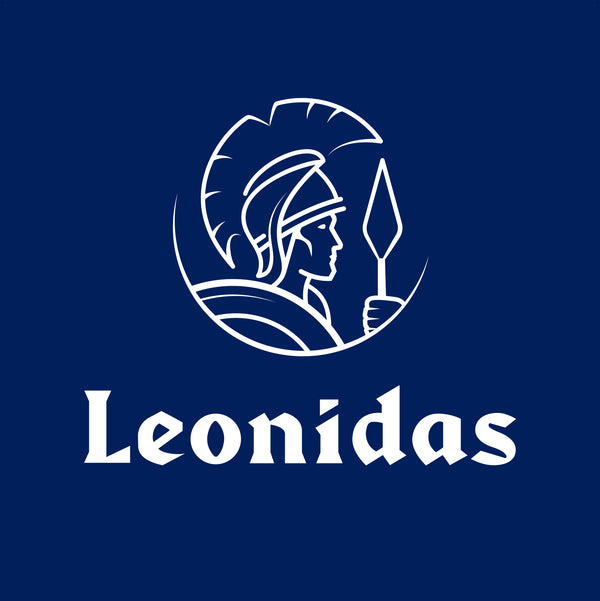History of Chocolate
The Mystical Origins of Chocolate
The origins of chocolate date back to 1500 years ago in the tropical forests of Central America (it had the ideal combination of heavy rains, high temperatures year-round and humidity needed to grow the cocoa ).
The ancient Mayan and Aztec civilizations of Central America worshipped the cocoa and believed it was of divine origin. Cacao is actually a Mayan word meaning “ Food of the Gods ", which was then used to give the tree its modern generic Latin name "Theobrama Cacao" (meaning "food of the gods")
The Mayans consumed as a beverage, it was brewed by roasting and crushing the seeds of the cacao (cocoa beans) and mixing this product with corn and chili peppers , the mixture is then left to ferment to obtain a sweet, spicy and bitter taste. This drink was only consumed in ceremonies, and was reserved for the wealthy and religious elite.
The Aztecs of Central Mexico valued cocoa beans so much that they used them as currency—100 beans bought a turkey—and taxes were often paid in cocoa beans to Aztec emperors. The Aztecs drank cacao and called this drink Xocolatl. When the Spanish conquistadors arrived, they found it almost impossible to pronounce and so adopted the simpler name 'chocolate'.
The Aztec emperor, Montezuma drank it regularly and is said to have said about Xocolatl : "The divine drink, which strengthens endurance and fights fatigue. One cup of this precious drink allows a man to walk all day without food."
In fact, the Aztecs appreciated such Xocolatl that when the conquistadors, after conquering the Aztec capital, arrived at Montezuma's palace and asked to see the Treasury, they did not find the long-awaited Gold or Silver, but piles of cocoa beans.
These are the Spanish who converted the drink into a tastier one by mixing the roasted cocoa beans with sugar and vanilla (a practice that continues to this day), thus offsetting the original spicy bitterness.
Mass-produced chocolate has quickly began in Spain, and by the early 17th century, chocolate powder - from which the European version of the drink was made - was being exported to other parts of Europe. The Spanish kept the source of the drink - beans - a secret for many years.
It was only at the beginning of the 19th century that a Dutch chemist, Johannes Van Houten , invented a method to extract the “ cocoa butter » roasted ground beans. This led to the creation of solid chocolate as we know it.
Mass-produced chocolate can be made with little cocoa solids (as low as 7%), with most of the chocolate butter being replaced with vegetable oil or other fat, while this results in a cheaper process, it also affects the quality of the product, and it really shouldn't be called chocolate but "sweet chocolate".
Leonidas chocolates pride themselves on adhering to traditional, high-quality flavors. Our chocolates are a unique fresh product. Our chocolates contain no vegetable fat and we only use 100% cocoa butter. We also use fresh butter and cream in our buttercreams to give them their unique flavor.
In addition , the commitment of Leonidas towards quality is recognized by obtaining of the prestigious ISO 9001 quality certificate . This certification is not generally sought by other manufacturers because it goes beyond the standard requirements needed to produce chocolate. It is only thanks to our high-quality production methods that we were able to secure it.
At Leonidas Mont Royal, we are proud of this history and the origins of cocoa. We strive to live up to this age-old heritage by offering you the finest Belgian chocolate in the world, delivered to your door!
